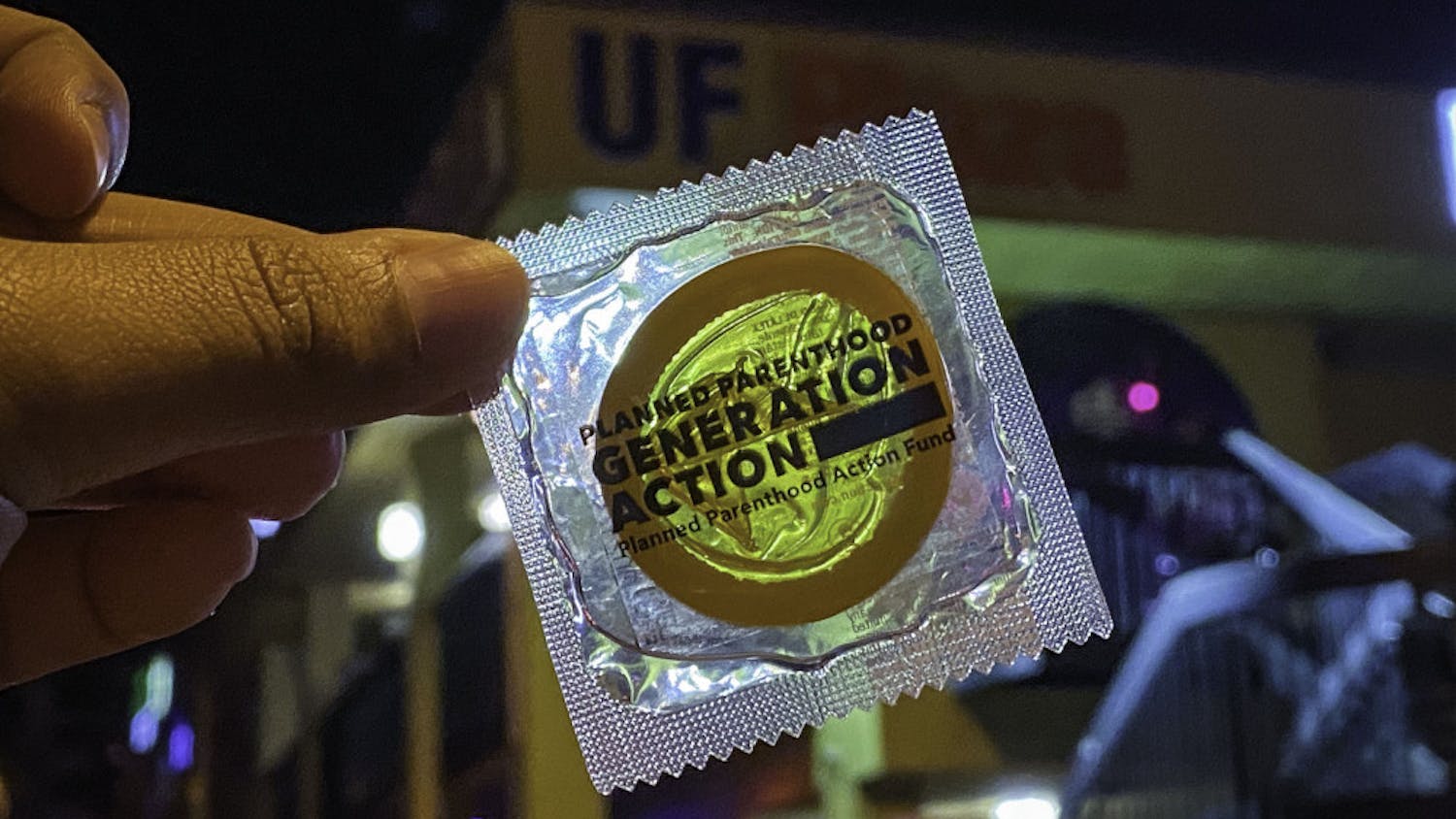Saturday morning found me in bed surrounded by lube.
Let me back up: A few weeks ago, I found out that an online, adult company was offering free personal lubricant samples in exchange for reviews of them. I thought, “What the hell?” and input my information and eagerly awaited the samples.
What type of college student would I be if I said no to free samples? Really, this was for science.
Sure, I had used lube before, but it always made me feel awkward. Lube is typically associated with postmenopausal women who need a little help in the bedroom, and while that may be the future for some of us, it doesn’t have to be the present.
Even though lube can help make any kind of sex more pleasurable, it’s often hard for college students, who are the picture of health, vitality and wild sex, to admit that they need extra lubricant.
And even if you don’t necessarily need it, it still can feel a little presumptuous to whip out a bottle. It’s like saying, “We’re doing such crazy stuff that we need lube!”
So, taking advantage of the fact that June is Adult Sex Ed month, let’s talk a little bit about the ins and outs (pun intended) of lube.
The first lesson: If you’re only using the lube that you find in the grocery store aisle, you’re missing out on a whole world of possibilities. Sure, Astroglide is great, but it’s not winning any awards for most interesting or fun sex accessory.
The great thing about lube is that, just like condoms or ice cream flavors, there’s one that’s perfect for everybody. And the great thing about sex shops and the Internet is that you can find any type you want.
But let’s start with the basics.
Lubricant comes in two main condom-compatible types: water-based and silicone-based. I know it’s tempting to raid your pantry and use something like coconut oil, but oil-based lubricant can cause condom breakage if you’re using latex condoms.
Water-based lube is slippery and easy to clean up.
It’s a great choice for most standard hook ups. Silicone-based lube lasts longer, but it can’t be used with silicone sex toys, and it sometimes leaves stains, so don’t use it on your brand-new sheets.
Pick a silicone-based lubricant if you’re planning on some marathon sex or if you’ll be in water — think shower sex or a visit to The Estates’ hot tubs.
Your options go beyond the standard run-of-the-mill lubes, too. Do you like recycling and hate products tested on animals? There’s vegan, cruelty-free, USDA-certified organic lube. Need some help getting excited? Check out an arousal lube, which can enhance feelings with warming or cooling properties.
Once you’ve settled on the right lube for yourself and your partner, here are a few tips:
If you’re using lube with a condom, I recommend splitting up the duties so that one partner keeps his or her hands dry.
The 30 seconds that you’ll spend struggling to open the condom wrapper with wet hands makes for one awkward, boner-killing moment.
Also, a protip: before you put the condom on, put a few drops of lube inside it. It’ll increase sensation for the condom wearer, which will lead to a better sexual experience overall. The added lubrication will also reduce friction that might cause the condom to break.
Most importantly, be prepared for the inevitable wet spot. Have a plan, whether this means laying out a towel beforehand, changing the sheets immediately after or flipping a coin to see who has to lie on it postcoitus.
If you already use lube, good for you! But if you haven’t tried it, add it to your sex bucket list. Sure, we live in Florida, but these afternoon thunderstorms don’t have to be the only thing to get you wet.
[Robyn Smith is a UF journalism junior. Her columns appear on Tuesdays. A version of this column ran on page 6 on 6/3/2014 under the headline "Slippery slope: The ins and outs of lube"]





